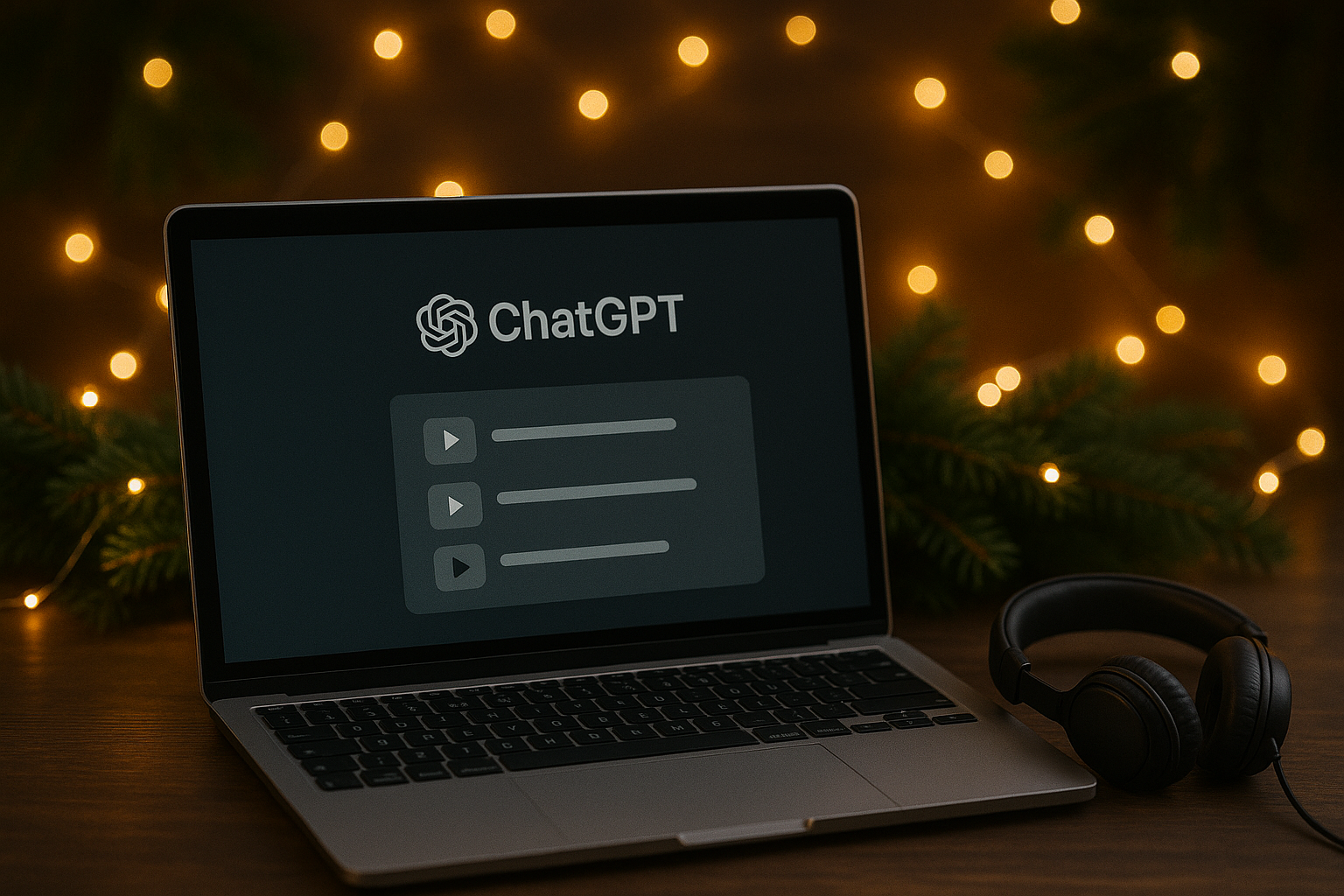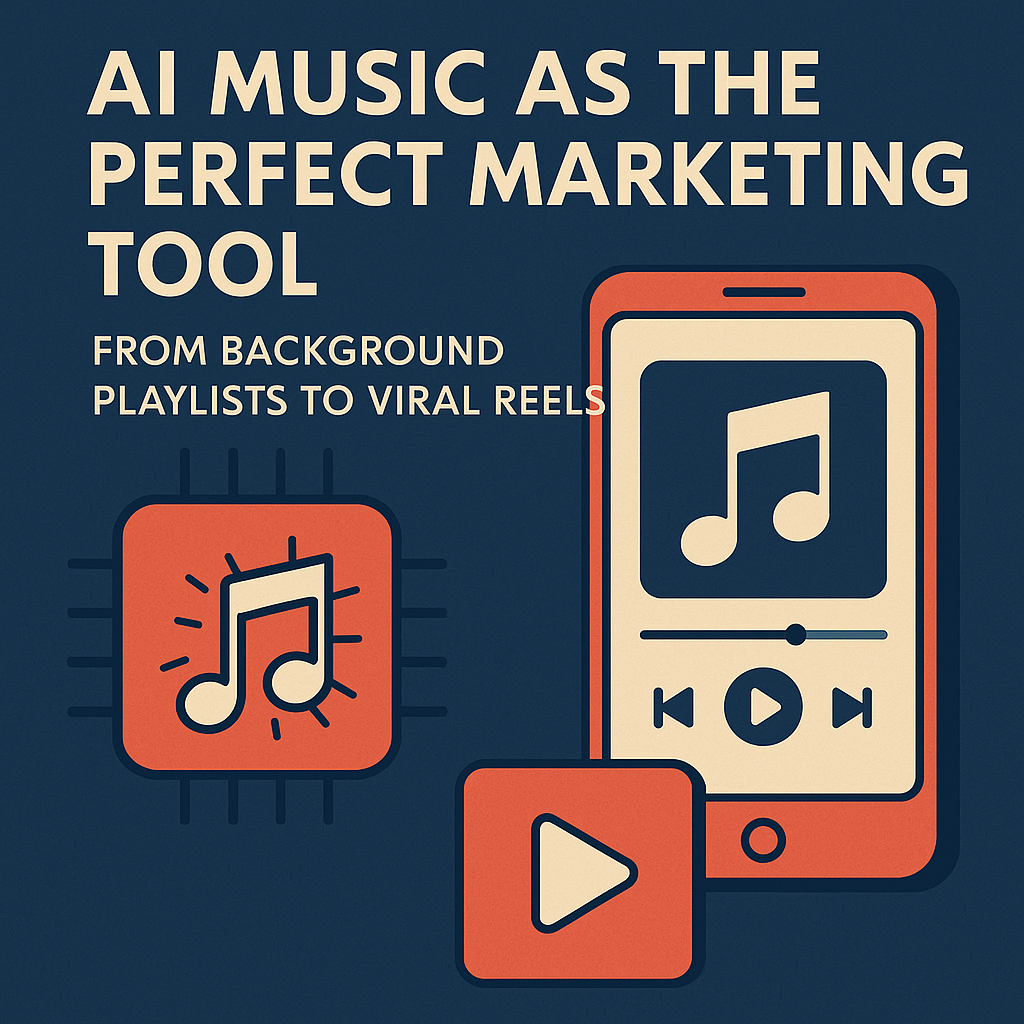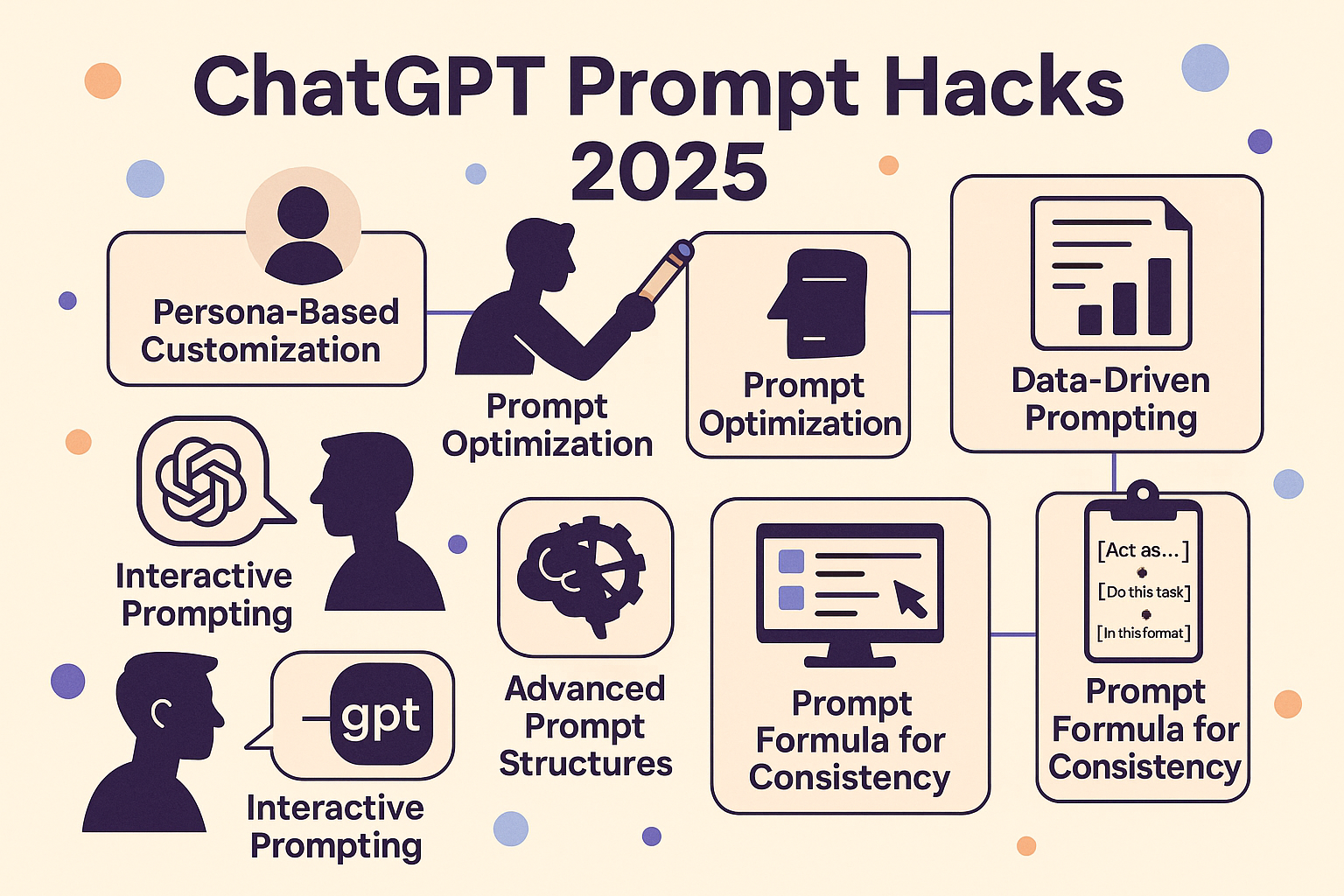Leveraging ChatGPT for Net Promoter Score (NPS) Research, Data Analysis, and Improvement of Customer Service Outcomes: A Comprehensive Guide
Maximize the power of ChatGPT for your NPS objectives.

Hello and welcome to this comprehensive guide on how to leverage ChatGPT for Net Promoter Score (NPS) research, data analysis, and the planning of follow-up actions to enhance your customer service outcomes. This guide will provide an invaluable resource for those who have some understanding of NPS but are new to using ChatGPT. Whether your customer touchpoints are service centers, dealerships, or any other customer-facing operation, this guide will provide practical, hands-on knowledge to assist you in maximizing the power of ChatGPT for your NPS objectives.
Update 23-6-2023:
Harness the Power of ChatGPT for NPS Research - No Python Required!
The original article based on Python prompts is still available below.
Since the original article was published, the capabilities of ChatGPT have continued to evolve, making it an even more powerful tool for researchers, marketers, and customer experience professionals alike. And the best part? You don't need to know Python or any other programming language to use it!
One area where ChatGPT shines is in the analysis of Net Promoter Score (NPS) data. NPS is a key metric used by businesses worldwide to measure customer loyalty and satisfaction. It asks customers one simple question: "On a scale of 0-10, how likely are you to recommend our company/product/service to a friend or colleague?" The responses are then categorized into Promoters (9-10), Passives (7-8), and Detractors (0-6).
However, raw NPS scores only tell part of the story. The real insights come from understanding why customers gave the scores they did, and this is where ChatGPT can help. Many NPS surveys include a follow-up question asking customers to explain their scores. These open-ended responses are rich in insights but can be time-consuming to analyze manually. This is where ChatGPT comes in.
Here are some example prompts that you can use to explore your NPS data with ChatGPT:
1. Identifying themes in customer feedback:
"ChatGPT, after reading through these NPS responses, can you identify the top 3 themes that customers are mentioning?"
Paste your NPS responses after this prompt. ChatGPT will go through the responses and identify recurring themes.
2. Extracting action items:
"ChatGPT, based on these NPS comments, what are some action items we could take to improve our NPS score?"
After this prompt, paste your NPS responses. ChatGPT will generate a list of potential actions based on customer feedback.
3. Understanding detractors:
"ChatGPT, looking at these comments from detractors, what are the main reasons they are unhappy?"
Paste the comments from your detractors. ChatGPT will analyze them to understand the main sources of dissatisfaction.
4. Appreciating promoters:
"ChatGPT, can you summarize why our promoters are recommending us based on these comments?"
Paste the comments from your promoters. ChatGPT will summarize the reasons they are advocating for your company.
Remember, these are just examples. Feel free to modify these prompts to suit your specific needs. The key is to ask ChatGPT specific, focused questions that will guide it in generating the insights you need.
Also, keep in mind that while ChatGPT is a powerful tool, it doesn't replace a careful, human analysis of your data. It should be used as a supplement to your existing research methods, providing a way to quickly extract insights and identify patterns that you can then explore in more depth.
We hope you find these new tips useful in your NPS research. As always, we're excited to see the innovative ways you'll use ChatGPT to gain deeper insights into your data. If you have any questions or if there's anything else you'd like to learn, don't hesitate to reach out!
Original article:
Chapter 1: Understanding the Basics of NPS and ChatGPT
1.1 What is NPS?
The Net Promoter Score (NPS) is a measure of customer loyalty and satisfaction. It's based on a single question: "On a scale of 0-10, how likely are you to recommend our company/product/service to a friend or colleague?" Depending on the response, customers are then classified into three categories:
- Promoters (9-10): Loyal enthusiasts who will keep buying and refer others.
- Passives (7-8): Satisfied but unenthusiastic customers who are vulnerable to competitive offerings.
- Detractors (0-6): Unhappy customers who can damage your brand through negative word-of-mouth.
The NPS is calculated by subtracting the percentage of customers who are Detractors from the percentage who are Promoters.
1.2 What is ChatGPT?
ChatGPT is a conversational AI developed by OpenAI. It's based on a machine learning model called GPT (Generative Pretrained Transformer), which has been trained on a wide variety of internet text. It can generate human-like text responses based on the prompts it receives.
Chapter 2: Setting Up NPS Research with ChatGPT
Once you've understood the basics, the next step is setting up your NPS research with the help of ChatGPT. The goal here is to design a conversation with the customer that feels natural and engaging, and that efficiently gets to the heart of the NPS question.
The example codes in this article are in Python.
2.1 Designing Your NPS Conversation
The first step is to design your NPS conversation. With ChatGPT, you can script an engaging and conversational interaction that feels more human and less transactional than a standard survey.
For instance, after a customer has had a service center experience, your ChatGPT script could start like this:
prompt = """ You: Hi there! We hope your recent visit to our service center met your expectations. We would love to hear about your experience. On a scale of 0-10, how likely are you to recommend our service center to a friend or colleague? Customer: """
This prompt is conversational, engaging, and leads directly to the NPS question.
2.2 Handling Responses
ChatGPT can also be used to handle a wide range of responses. Here's an example of how you might continue the conversation based on the customer's score:
# assuming customer_score is the score given by the customer if customer_score >= 9: follow_up_prompt = f""" You: That's fantastic to hear! We're thrilled you had a great experience. If you have any additional feedback or suggestions, we'd love to hear them! Customer: """ elif 7 <= customer_score <= 8: follow_up_prompt = f""" You: We appreciate your feedback! It seems there's some room for improvement. Would youmind sharing what we could do better next time? Customer: """ else: # customer_score is 6 or lower follow_up_prompt = f""" You: We're really sorry to hear that your experience wasn't up to our usual standards. We would really appreciate if you could let us know what went wrong so we can make things right. Customer: """
These follow-up prompts are designed to elicit more information from the customer about their experience, which can provide valuable insights for improving your service.
Chapter 3: Using ChatGPT for NPS Data Analysis
With a well-designed conversation, you can collect not only NPS scores but also additional qualitative feedback. ChatGPT can help you analyze this feedback to identify common themes and areas for improvement.
3.1 Analyzing Qualitative Feedback
You can use ChatGPT to help analyze qualitative feedback. For instance, you could ask ChatGPT to identify common keywords or themes in customer responses:
prompt = """ Based on the following customer responses, identify common themes: 1. "The service was quick, but the waiting area was uncomfortable." 2. "I appreciated the fast service but the waiting room needs improvement." 3. "Service was great, but the waiting area could be better." """
ChatGPT could then provide an analysis such as:
response = """ Common theme: While customers appreciate the speed of the service, they are dissatisfied with the comfort and quality of the waiting area. """
3.2 Generating Insights and Recommendations
ChatGPT can also generate insights and recommendations based on the analysis. For instance:
prompt = """ Given the common theme of dissatisfaction with the waiting area despite appreciation for the quick service, provide suggestions for improvement. """
ChatGPT might then generate a response like:
response = """ Suggestions for improvement: 1. Upgrade the seating in the waiting area to provide more comfort. 2. Consider adding amenities like free Wi-Fi, coffee, and snacks. 3. Provide updates on service progress to help customers feel more informed and reduce perceived waiting time. """
Chapter 4: Planning Follow-Up Actions with ChatGPT
The final step in leveraging ChatGPT for NPS is planning follow-up actions based on the insights you've gained.
4.1 Crafting Follow-Up Messages
ChatGPT can help you craft personalized follow-up messages to customers based on their NPS score and feedback. For instance:
# assuming feedback is the additional feedback provided by the customer if customer_score >= 9: follow_up_message = f""" Thank you for your positive feedback! We're thrilled to hear you enjoyed our service. We'll continue working hard to provide you with excellent service in the future. {feedback} """ elif 7 <= customer_score <= 8: follow_up_message = f""" Thank you for your feedback. We take your comments to heart and are always looking for ways to improve. Your suggestion about {feedback} has been noted, and we'll strive to make your next visit even better. """ else: # customer_score is 6 or lower follow_up_message = f""" We're truly sorry that your experience didn't meet your expectations. We value your feedback and will use your comments about {feedback} to improve our service. We hope to have the opportunity to serve you better in the future. """
4.2 Planning Improvement Actions
Finally, ChatGPT can assist in planning improvement actions based on the insights and recommendations generated from the NPS feedback. For example, you could ask:
prompt = """ Based on the feedback received about the waiting area,generate a plan for improving the customer experience in our service center. """ ChatGPT might respond with: ```python response = """ 1. **Comfort Upgrades**: Invest in more comfortable seating options for the waiting area. Explore options like couches or padded chairs to increase comfort. 2. **Amenities**: Add amenities such as free Wi-Fi, refreshments, and a variety of magazines or books. This can make the waiting period more enjoyable for customers. 3. **Communication**: Improve communication about service progress. This could be done through a digital screen updating customers about their wait time, or through staff providing regular updates. 4. **Feedback Mechanism**: Establish a continuous feedback mechanism where customers can provide real-time feedback about the waiting area. This will help identify any further areas of improvement and keep the service experience at its best. """
Conclusion
And there you have it: a detailed, hands-on guide to using ChatGPT for NPS research, data analysis, and improvement of customer service outcomes. By leveraging the power of AI in this way, you can not only improve the efficiency and depth of your NPS research but also enhance the overall customer experience.
Remember, the beauty of ChatGPT is its versatility. This guide has provided a starting point, but don't be afraid to get creative and tailor your prompts to suit the unique needs of your business. Happy scripting!
Read more about how to use ChatGPT in customer service



